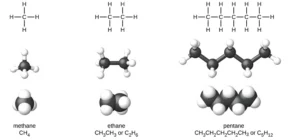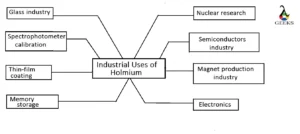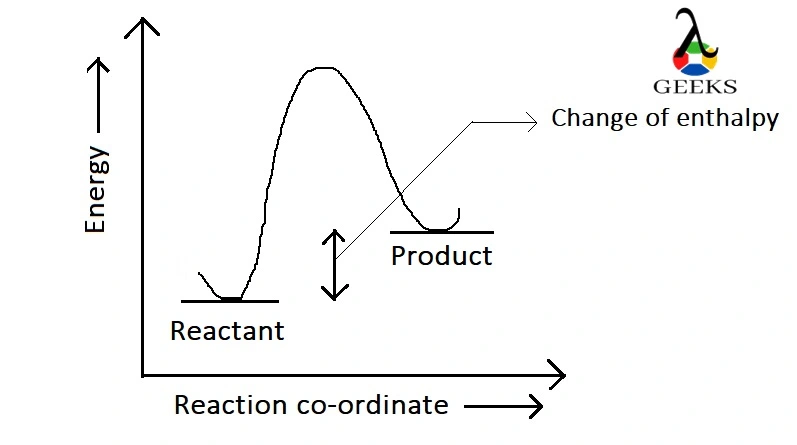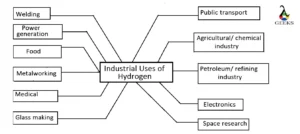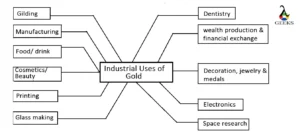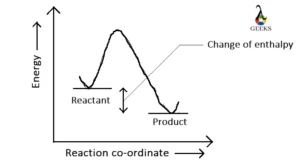In this article,”aufbau principle example” different types of examples with detailed explanations are discussed briefly.
Examples of Aufbau Principle and violation of aufbau principle-
- Ruthenium
- Rhodium
- Platinum
- Silver
- Lanthanum
- Chromium
- Copper
- Palladium
- Molybdenum
- Carbon
- Sulphur
- Nitrogen
- Bromine
- Iron
What is Aufbau Principle?
Aufbau principle plays an important rule in chemistry to detect the electron configuration of any atom in its ground state. The atom following Aufbau principle must follow the Hund’s rule (at first each orbital can accommodate only one electron before the orbital is doubly occupied) and Pauli’s exclusion principle (no two electrons in one orbital have same spin).
The word “Aufbau principle” originated from German word Aufbauprinzip which means building up principle determines the electronic configuration of any atom in ground state.
Salient features of Aufbau principle-
- At first electrons will occupy the lowest energy levels. Electrons will be filled in higher energy levels only when the lowest energy levels are filled up.
- The energy of any orbital can be determined by (n+l) rule. [n and l are principal and azimuthal quantum number respectively].
- The increasing order of energy levels is shown in the following diagram-

Image Credit: Wikimedia Commons
Examples of violation of Aufbau Principle-
Ruthenium
Ruthenium is a platinum group metals with atomic number 44, basically used as alloying agent for hardening platinum and palladium. Electron s in Ru is distributed in this manner– 1s2 2s2 2p6 3s2 3p6 3d10 4s2 4p6 4d7 5s1.
In this meta, 5s orbital has lower energy than the 4d orbital (n+l value for 4d is 7 and for 5s is 5). But 4d orbital will be starting filled up before the 5s orbital. So, the electronic configuration of Ru is [Kr] 4d7 5s1 rather than [Kr] 4d6 5s2.
Rhodium
Like Ruthenium, Rhodium (Rh) is also violating Aufbau principle. Its atomic number is 45. In Rh, 4d orbital is filled up before 5s though 5s has lower energy than 4d. Thus, electronic configuration of Rhodium is – 1s2 2s2 2p6 3s2 3p6 3d10 4s2 4p6 4d8 5s1. If Aufbau principle is obeyed then the configuration will be [Kr] 4d7 5s2.
To know more please follow: Triple Bond Examples: Detailed Insights And Facts
Platinum
Platinum is a d-block element having atomic number 78. Aufbau principle is also being violated in Platinum because in platinum, 5d orbital is filled first by electron than 6s though 5d has greater (n+l) value than 6s (n+l value of 5d is 8 and for 6s is 6). Electronic configuration of platinum is [Xe] 4f14 5d9 6s1 rather than [Xe] 4f14 5d8 6s2.
Silver
Silver is a white lustrous shiny metal with atomic number 47. It has thermal conductivity power. It also violates Aufbau principle. Electrons in Ag is distributed between the orbitals in these manner 1s2 2s2 2p6 3s2 3p6 3d10 4s2 4p6 4d10 5s1. To gain the stability of fulfilled electron configuration in d block the last electron will not enter in 5s orbital. To maintain Aufbau rule the electron configuration of silver should be [Kr] 4d9 5s2. But the actual configuration is [Kr] 4d10 5s1.
Example of limitations of Aufbau Principle-
Lanthanum
Lanthanum is a f-block element with atomic number 57. In La, electron enters in 5d orbital before 4f orbital. Electrons in lanthanum are distributed in this manner- is 1s2 2s2 2p6 3s2 3p6 3d10 4s2 4p6 4d10 4f0 5s2 5p6 5d1 6s2. The actual reason of violating Aufbau principle is the energy of 4f and 5d orbital is almost same. Thus, electrons enter 5d orbital and 4f orbital remains vacant.
Chromium
Chromium is a d-block element with an atomic number 24. The electrons in Cr are oriented in the orbitals in these manner- [Ar] 3d5 4s1. To achieve the half filled electron configuration stability of d-orbital, chromium avoids the configuration [Ar] 3d4 4s2. 4s orbital has lesser n+l value than 3d orbital. So, electron should enter in 4s orbital before 3d orbital.
To know more please check: 5+ Double Bond Examples: Detailed Insights And Facts
Copper
Like chromium, copper also violates Aufbau principle. Full filled d-orbital stability predominates Aufbau principle in the electron configuration of Cu. The electronic configuration of Copper metal is [Ar] 3d10 4s1. If copper fulfilled the Aufbau principle then the electron configuration will be [Ar] 3d9 4s2.
Palladium
Palladium has atomic number 47 with an electron configuration [Kr] 4d10. It also achieves the full filled d-orbital stability and thus avoids the electron configuration to be [Kr] 4d8 5s2. 4d orbital has greater n+l value (n+l value for 4d is 4+2=6) than 5s orbital (n+l value for 5s is 5+0=5).
Molybdenum
Like chromium, molybdenum (Mo) also got the half filled electronic configuration of d-block and Aufbau principle is predominated by half filled electron configuration stability.Electrons in this element are distributed in this manner- [Kr] 4d5 5s1. Though n+l value of 4d is much greater than the n+l value of 5s, electron will enter 4d orbital before the 5s orbital.
Electron configuration examples Aufbau Principle-
Most of the elements in periodic table obey the Aufbau principle and the energy levels are filled up according to increasing of energy levels. Some of the examples are written below-
Carbon
The atomic number of carbon is 6. It obeys Aufbau principle and its electron configuration is 1s2 2s2 2p2. Electrons first enter in 1s orbital then 2s orbital and followed by 2p orbital.
To know more please follow: 15 Coordinate Covalent Bond Examples: Detailed Insight And Facts
Sulphur
Sulphur is a nonmetallic multivalent chemical element with an atomic number 16. It also maintains correct electron configuration according to Aufbau principle (1s2 2s2 2p6 3s2 3p4). Filling of electrons take place according to the n+l rule of Aufbau principle.
Nitrogen
Nitrogen is a nonmetallic gaseous chemical element with an atomic number 7. Nitrogen has electron configuration of nitrogen- (N) is 1s2 2s2 2p3. Electrons first enter 1s orbital then 2s and at last 2p orbitals are filled up because n+l value for 1s, 2s and 2p are (1+0)=1, (2+0)=2, (2+1)=3 respectively.
Bromine
Bromine (Br) is a liquid chemical halogen compound with an atomic number 35. It is a p-block element. Aufbau principle is also maintained here. Electrons in Br are distributed in this manner- 1s2 2s2 2p6 3s2 3p6 3d10 4s2 4p5.
To know more please go through: 5+ Metallic Bond Examples: Explanation and detailed Facts
Iron
It is a 3d block element with atomic number 26. Its electron configuration is 1s2 2s2 2p6 3s2 3p6 3d6 4s2. Aufbau principle is also followed in this example because 4s orbital filled first properly before 3d orbital.
Also Read:
